- Aspect Ratio: 2.35:1
- Video Codec: AVC/MPEG-4
- Resolution: 1080p/24
- Audio Codec: English DTS-HD Master Audio 2.0 Mono (48kHz/24-bit)
- Subtitles: English
- Region: B (Region-Locked)
- Classification: 15
- Discs: 2 (1 x Blu-ray + 1 x DVD)
- Studio: Eureka Entertainment
- Blu-ray Release Date: September 26, 2011
- RRP: £23.48
[amazon-product region=”uk” tracking_id=”bluraydefinit-21″]B005C99XRK[/amazon-product]
Shop for more Blu-ray titles at Amazon.co.uk
Shop for more Blu-ray titles at Amazon.com
Overall
[Rating:4/5]
The Film
[Rating:5/5]
Video Quality
[Rating:4.5/5]
Audio Quality
[Rating:3.5/5]
Supplemental Materials
[Rating:2.5/5]
Click thumbnails for high-resolution 1920X1080p screen captures
(Screen captures are lightly compressed with lossy JPEG thus are meant as a general representation of the content and do not fully reveal the capabilities of the Blu-ray format)
–
The Film
[Rating:5/5]
Masaki Kobayashi (The Human Condition; Samurai Rebellion) marked his first entry into the jidai-geki (period film) genre with 1962’s Harakiri (Seppuku). A stunning condemnation of Japan’s recent militarized past and the current control over Japanese society being assumed by the nation’s super corporations, the film is a poignant and brilliantly filmed drama noted firstly for the riveting performance by Tatsuya Nakadai (Ran). Nakadai stars as Hanshiro Tsugumo, a rōnin (a masterless samurai) who is down-and-out and enters the manor of Lord Iyi, requesting to use the courtyard to commit seppuku or harakiri, a ritual suicide in a manner befitting a samurai.
It is 17th century Japan, and the country’s political structure has shifted so that the period of constant war has ended and many warlords have been removed from power. The Shogunate is in disarray, leaving many of the former Lord’s retainers without work and impoverished. They have taken to asking wealthy estate owners if they can commit hara-kiri on their property. Until now, property owners have been simply taking them in for a couple of days and then sending them away with a few coins to be rid of them. But the Iya house puts an end to this when the young Motome Chijiiwa (Akira Ishihama) shows up asking to use their courtyard for harakiri. In one of the film’s most powerful and gruesome scenes, they force the impoverished young samurai to disembowel himself with his bamboo sword; his real swords long since sold for what little cash he could get.
Kageyu Saito (Rentaro Mikuni), Lord Iyo’s Chief retainer recounts this tale to Tsugumo believing it will dissuade him from pursuing his request, but the aging samurai remains steadfast in his resolve. When he is finally brought to the courtyard to carry out the ceremony, it turns out he does have some other motives. He begins to recount the story of how he arrived at such a lowly position in life. The story picks up again, now from Tsugumo’s perspective. Through a series of flashbacks we find out that he has a connection to the young Motome Chijiiwa. Saito’s manner shifts as he realizes the real reasons behind Tsugumo coming to the Iyo estate. It is a tense scene superbly heightened by Kobayashi’s flashes back and forth between Tsugumo kneeling quietly on his white mat, speaking in a purposeful cadence, the flashbacks to Tsugumos story, and upon items in the courtyard, such as Tsugumo’s blade.
A wholly masterful first jidai-geki film that exposes the hypocrisies of the feudal samurai system with an intense score from the Japanese master Toru Takemitsu, Harakiri is a giant among Asian films that also won a 1963 Special Jury Prize at Cannes.
Video Quality
[Rating:4.5/5]
The HD master used for this transfer was created by Shochiku, the film’s owner, in Japan, in 2011. Eureka used that master to create this AVC encodement for Blu-ray. It’s a wonderful master transfer of a classic film. It’s not without its occasional warts, but that is to be expected for a film from the early 1960s. On the whole, it looks very clean with strong foreground detail that extends quite far into the background as well. Blacks are little too greyish, but that is more than acceptable. Grain is still present for an organic, film-like look.
Audio Quality
[Rating:3.5/5]
The original monaural soundtrack is presented on the Blu-ray in a DTS-HD Master Audio 2.0 encodement. The limitations of the original source and recording techniques show up in constant sibilant distortions in the dialogue, but apart from that, it sound clean with little clicks or pops.
Supplemental Materials
[Rating:2.5/5]
The set contains two interviews with Kobayashi, one present on the disc and one in print in the booklet. These are great treats for any film fan. Apart from that, there’s a good essay from Philip Kemp and the original Japanese trailer.
- Kobayashi Interview (1.33:1; SD; 00:09:07) – Filmed for the Directors Guild of Japan, on 14 October 1993, at the Haiyuza Theatre, Tokyo, this rare video interview with Masaki Kobayashi was conducted by fellow director Masahiro Shinoda (Assassination; Double Suicide; Silence)
- Original Japanese Trailer (2.35:1; 1080p/24)
- Booklet: Contains essay, Kobayashi’s Anti-Samurai Movie, by Philip Kemp (Philip Kemp is a film critic and historian, and a regular contributor to Sight & Sound, DVD Review, Total Film, Times Higher Education, and International Film Guide. He teaches film journalism at the University of Leicester), Interview with Kobayashi from U.S. journal Cinema (v.1, n.4, June / July 1963), as well as film credits, production stills, Blu-ray/DVD credits, and information on the transfer.
- DVD
The Definitive Word
Overall:
[Rating:4/5]
Marvelous, riveting, masterful, and precise, Kobayshi’s Harakiri (Seppuku) is one of the greatest samurai films ever made, rivaling anything from Kurosawa, which says a lot, considering this was a first outing in this genre for the filmmaker. This Masters of Cinema release is a must have release.
Additional Screen Captures
–
[amazon-product region=”uk” tracking_id=”bluraydefinit-21″]B005C99XRK[/amazon-product]
Shop for more Blu-ray titles at Amazon.co.uk
Shop for more Blu-ray titles at Amazon.com
Overall
[Rating:4/5]
The Film
[Rating:5/5]
Video Quality
[Rating:4.5/5]
Audio Quality
[Rating:3.5/5]
Supplemental Materials
[Rating:2.5/5]


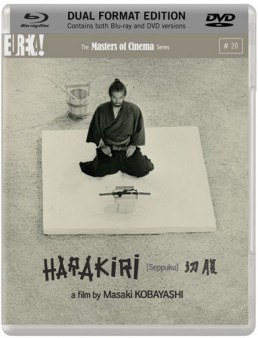

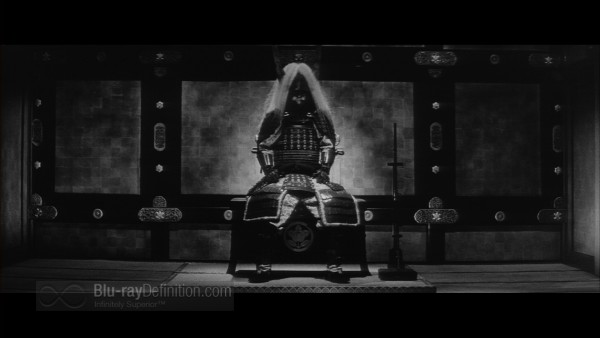
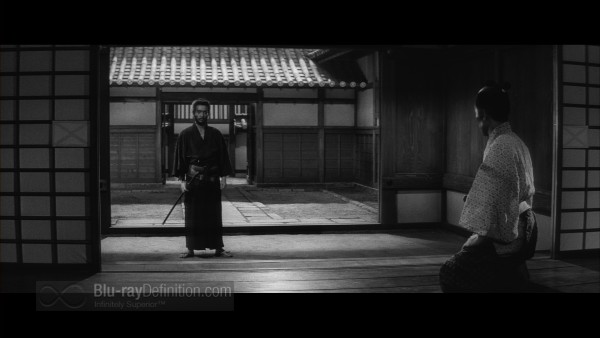
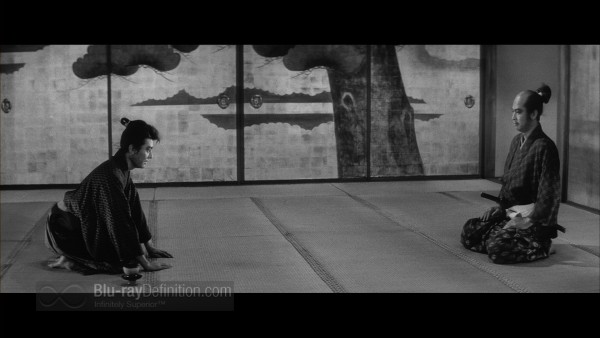
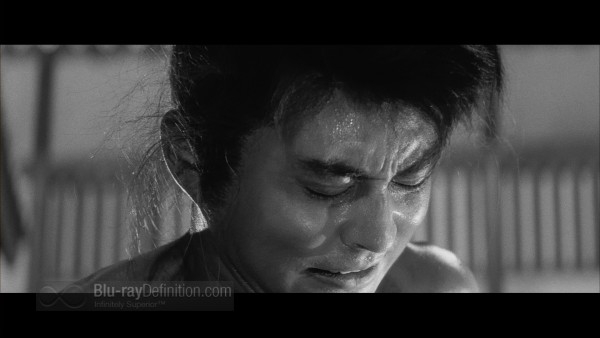
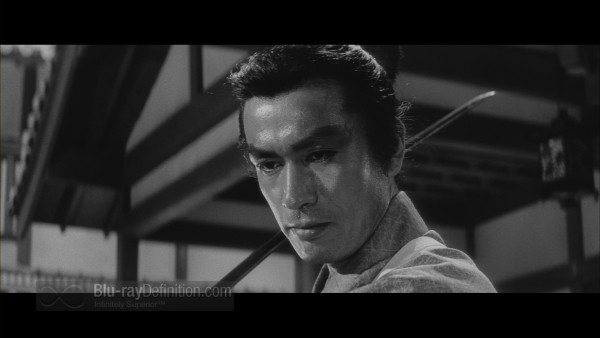
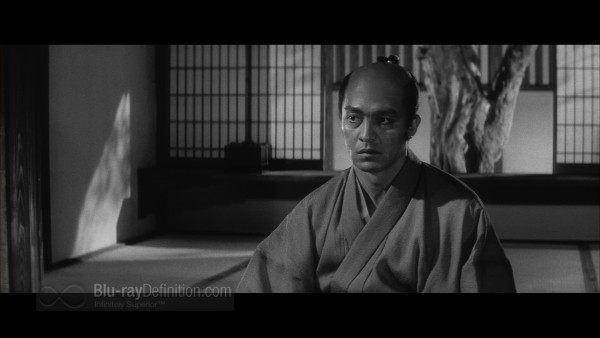
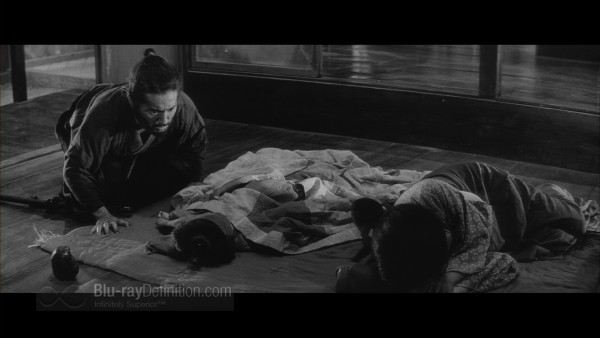

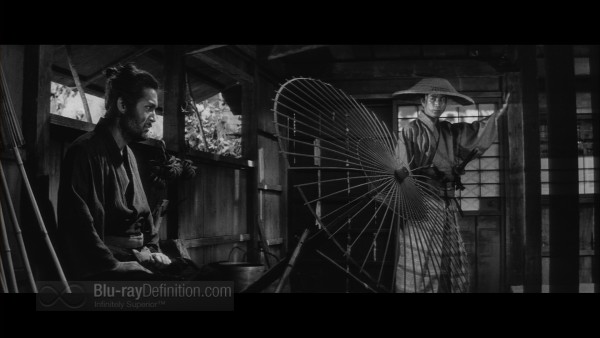
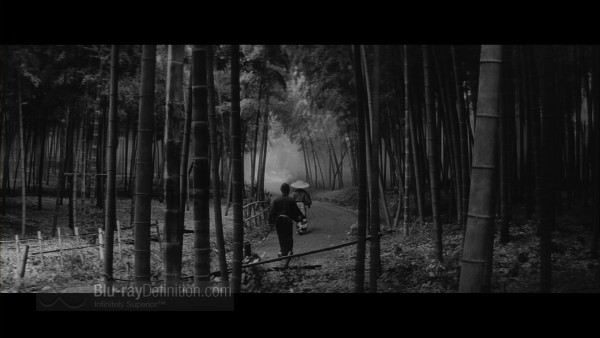
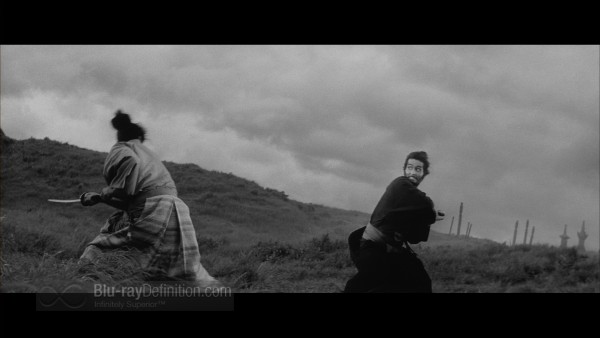
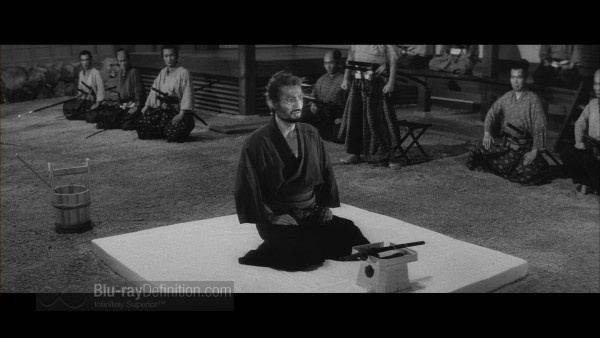
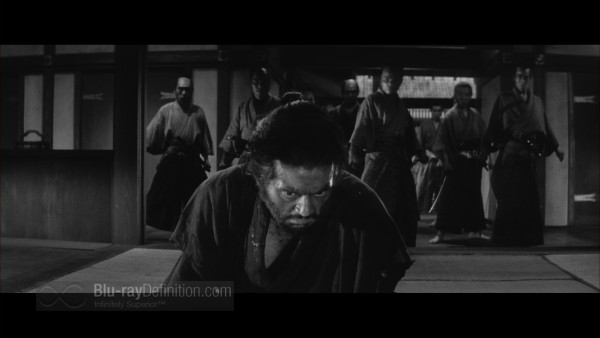
Fantastic review of an equally fantastic film. Harakiri was the movie that, in my personal opinion, presented the dark side of Samurai way of life for the first time on the celluloid. The movie’s finale sequence is blood-cuddling and it’s sheer power can make a cold-blooded appear jittery. You review has helped me get a deeper insight into Harakiri. I look forward to reading more of your reviews.
Also, please do check out my review of Masaki Kobayashi’s Harakiri.
http://www.apotpourriofvestiges.com/2012/06/harakiri-1962-japanese-auteur-masaki.html